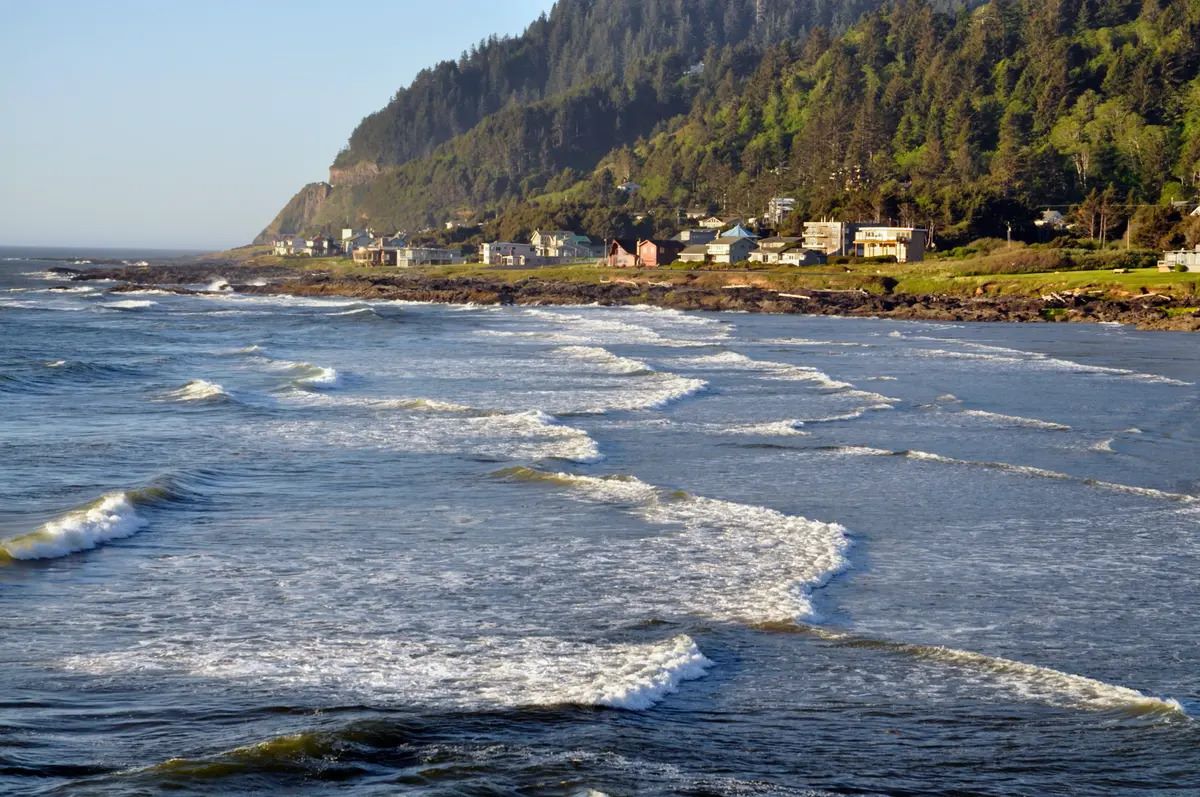Hidden Fault Lines Of The Pacific Northwest

Have you ever wondered about the hidden fault lines of the Pacific Northwest? This region, known for its stunning landscapes and vibrant cities, sits atop some of the most active geological features in North America. From the Cascadia Subduction Zone to smaller, lesser-known faults, these underground cracks hold the potential for significant seismic activity. Understanding these fault lines not only helps us appreciate the natural beauty of the area but also prepares us for potential earthquakes. Let's take a closer look at what lies beneath the surface and how it shapes the land we see today.
Hidden Fault Lines of the Pacific Northwest
The Pacific Northwest is known for its stunning landscapes, lush forests, and vibrant cities. But beneath this beauty lies a network of fault lines that shape the region's geology and pose potential risks. Let's uncover some of these hidden fault lines.
Cascadia Subduction Zone
The Cascadia Subduction Zone is one of the most significant fault lines in the Pacific Northwest. Stretching from Northern California to British Columbia, this fault line is capable of producing massive earthquakes.
- Location: Runs offshore from Northern California to Vancouver Island.
- Risk: Capable of generating earthquakes of magnitude 9.0 or higher.
- History: Last major earthquake occurred in 1700, causing a massive tsunami.
Seattle Fault Zone
The Seattle Fault Zone runs through the heart of Seattle, posing a significant threat to the city and its surroundings. This fault line has the potential to cause severe damage due to its proximity to urban areas.
- Location: Extends east-west through Seattle.
- Risk: Can produce earthquakes up to magnitude 7.5.
- History: Last major earthquake occurred around 900-930 AD.
Tacoma Fault
The Tacoma Fault is another critical fault line in the Pacific Northwest. It runs through the southern part of the Puget Sound region, affecting cities like Tacoma and Olympia.
- Location: Runs through southern Puget Sound.
- Risk: Capable of producing earthquakes up to magnitude 7.0.
- History: Evidence of past earthquakes found in geological studies.
South Whidbey Island Fault
The South Whidbey Island Fault is a lesser-known but still significant fault line. It runs through Whidbey Island and extends into the mainland, posing risks to nearby communities.
- Location: Extends from Whidbey Island to the mainland.
- Risk: Can produce earthquakes up to magnitude 7.0.
- History: Geological evidence suggests multiple past earthquakes.
Portland Hills Fault
The Portland Hills Fault runs through the Portland metropolitan area, making it a critical fault line to monitor. Its proximity to a major city increases the potential impact of any seismic activity.
- Location: Runs through the Portland metro area.
- Risk: Capable of producing earthquakes up to magnitude 6.5.
- History: Evidence of past seismic activity found in geological surveys.
Devils Mountain Fault
The Devils Mountain Fault is a significant fault line in northern Washington. It runs through the North Cascades and poses risks to nearby communities.
- Location: Extends through the North Cascades.
- Risk: Can produce earthquakes up to magnitude 7.0.
- History: Geological studies indicate past seismic events.
Rattlesnake Mountain Fault
The Rattlesnake Mountain Fault is located in eastern Washington. This fault line is less well-known but still poses potential risks to the region.
- Location: Runs through eastern Washington.
- Risk: Capable of producing earthquakes up to magnitude 6.5.
- History: Evidence of past earthquakes found in geological research.
Wallula Fault Zone
The Wallula Fault Zone is another important fault line in the Pacific Northwest. It runs through southeastern Washington and northeastern Oregon, affecting a wide area.
- Location: Extends through southeastern Washington and northeastern Oregon.
- Risk: Can produce earthquakes up to magnitude 7.0.
- History: Geological evidence suggests multiple past seismic events.
Conclusion
Understanding these hidden fault lines is crucial for preparing for potential earthquakes in the Pacific Northwest. Each fault line has its own unique characteristics and risks, making it essential to stay informed and prepared.
Understanding the Pacific Northwest's Fault Lines
The Pacific Northwest is a region with hidden fault lines that pose significant risks. These fault lines, including the Cascadia Subduction Zone, can trigger powerful earthquakes and tsunamis. Knowing about these geological features helps residents and visitors prepare for potential disasters.
Earthquake preparedness is crucial. Have an emergency kit, know evacuation routes, and stay informed about local safety guidelines. Scientists continue to study these fault lines to better predict and understand seismic activity.
Being aware of the region's geology can save lives. The Pacific Northwest's beauty comes with natural hazards, but with the right knowledge and preparation, you can stay safe. Stay informed, stay prepared, and respect the power of nature.

